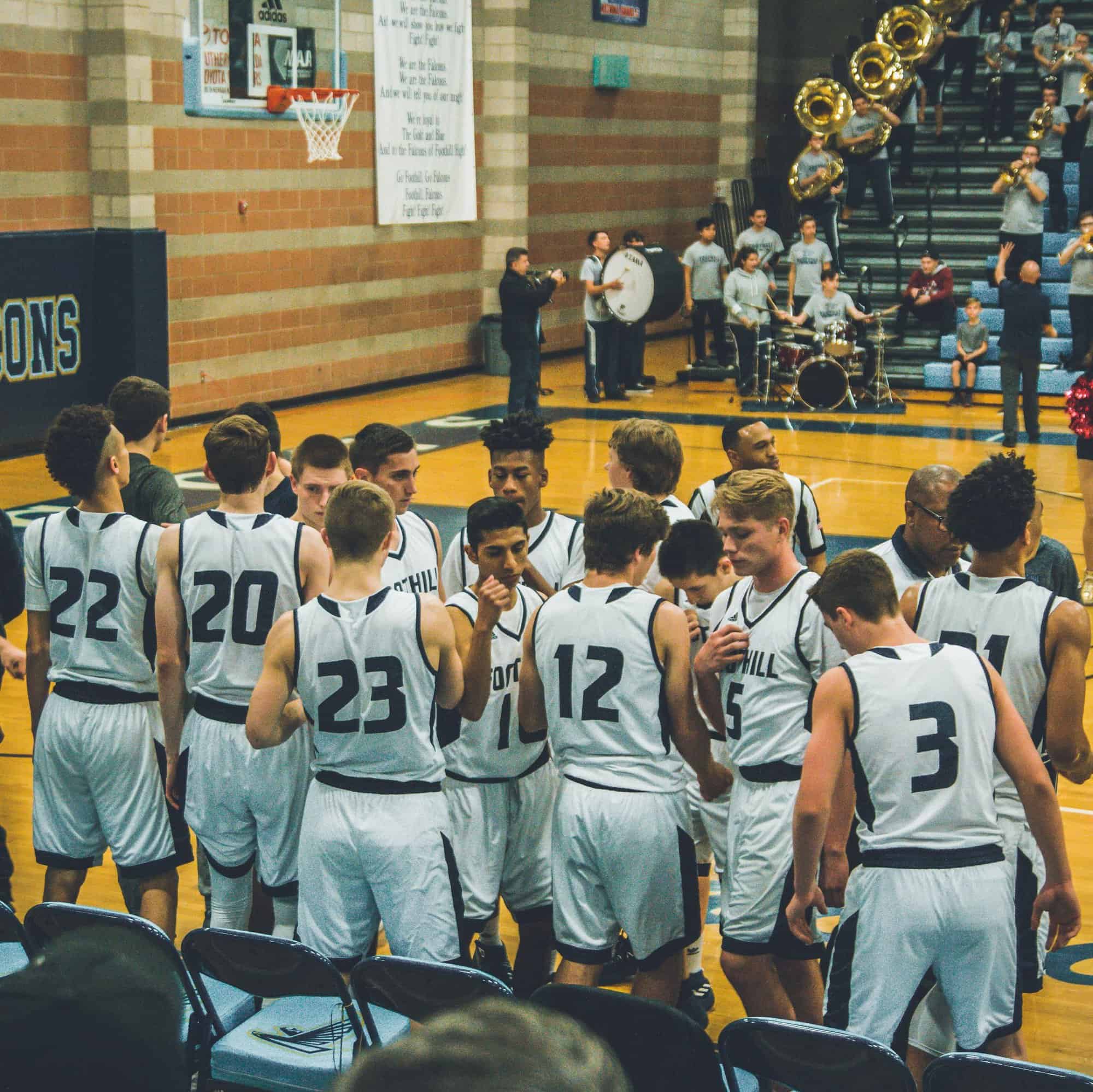Adolescent athletes are not adult athletes. When working with young athletes, there are so many important developmental variables to remember to help us be the best coaches possible. Not all coaches fully realize the potential value of their position as someone who is in a position to truly make a positive impact on the mental and emotional health of their young athletes. Sports can be a vehicle to reach young people and help them with issues that may serve them off the field. When working with adolescent athletes, it can be helpful to keep in mind one key psychological conflict that is seen as a common major marker of adolescent development.
Erik Erikson was a 20th-century psychologist and researcher who focused on psychological development theories. Erikson believed that human beings continue to grow and develop during their lives. Erikson divided the human lifespan into stages. At each stage, he identified a key conflict that needs to be attended to help progress the development to the next stage. By examining and resolving the conflict, a person can be best prepared to handle new life conflicts and challenges. For adolescence, the conflict is identity versus role confusion.
Adolescents are going through a myriad of physical, mental, and emotional changes. Their self-concepts (how they see themselves) are shifting, their personal ethical codes for rules and behaviors are adjusting, and they are beginning to enjoy new levels of social independence. The Eriksonian conflict of identity and role confusion can be an overwhelming issue for anyone, let alone young people who are grappling with it for the first time. Figuring out how we feel, what we’re thinking, what is important to us, how we see ourselves, how we fit in socially with our friends, family, academic, or professional social groups is a tremendous challenge. The first time we go through it as adolescents can be particularly scary.
In sports, roles tend to be assigned with a performance mindset. This player should play this position because of their skill set. We don’t always consider the value of the social role on the team. What a shortstop means to both the player and his teammate. What it means to be a goalie. What it means to start or come off the bench. These roles have tremendous meaning to young athletes who are in the midst of an important psychological challenge. Mindful coaches need to be aware of this and help young athletes learn about the flexibility of social roles. I wrote about this a few months ago. Positions change, social roles change. If we can introduce this idea to young people through sports, it may help them create a more fluid and flexible approach to the inevitable changes in their adult lives.
Another way coaches can help with the important developmental issue of identity and role confusion is to help young athletes begin to understand that their performance is not who they are. Beginning to disconnect the outcome and performance with one’s identity can be helpful for young athletes. Learning that who they are, and their emerging self-concept, does not have to be directly tied to how they perform can be valuable for creating healthy self-concepts. Mindfulness can be a great tool to decenter athletes, helping them be aware of thoughts and feelings connected to their performance, and begin to experience the difference between associating those thoughts and feelings as their self-identity and associating them as just something that they are noticing. This may help them as a tool to continue to explore who they are.
As coaches, we all have a valuable role to play with our athletes. While caring for the mental and emotional health of athletes may not always be a priority, we need to continue to shift this idea and make sure that we’re always looking at the overall positive development of the people we work with every day.

